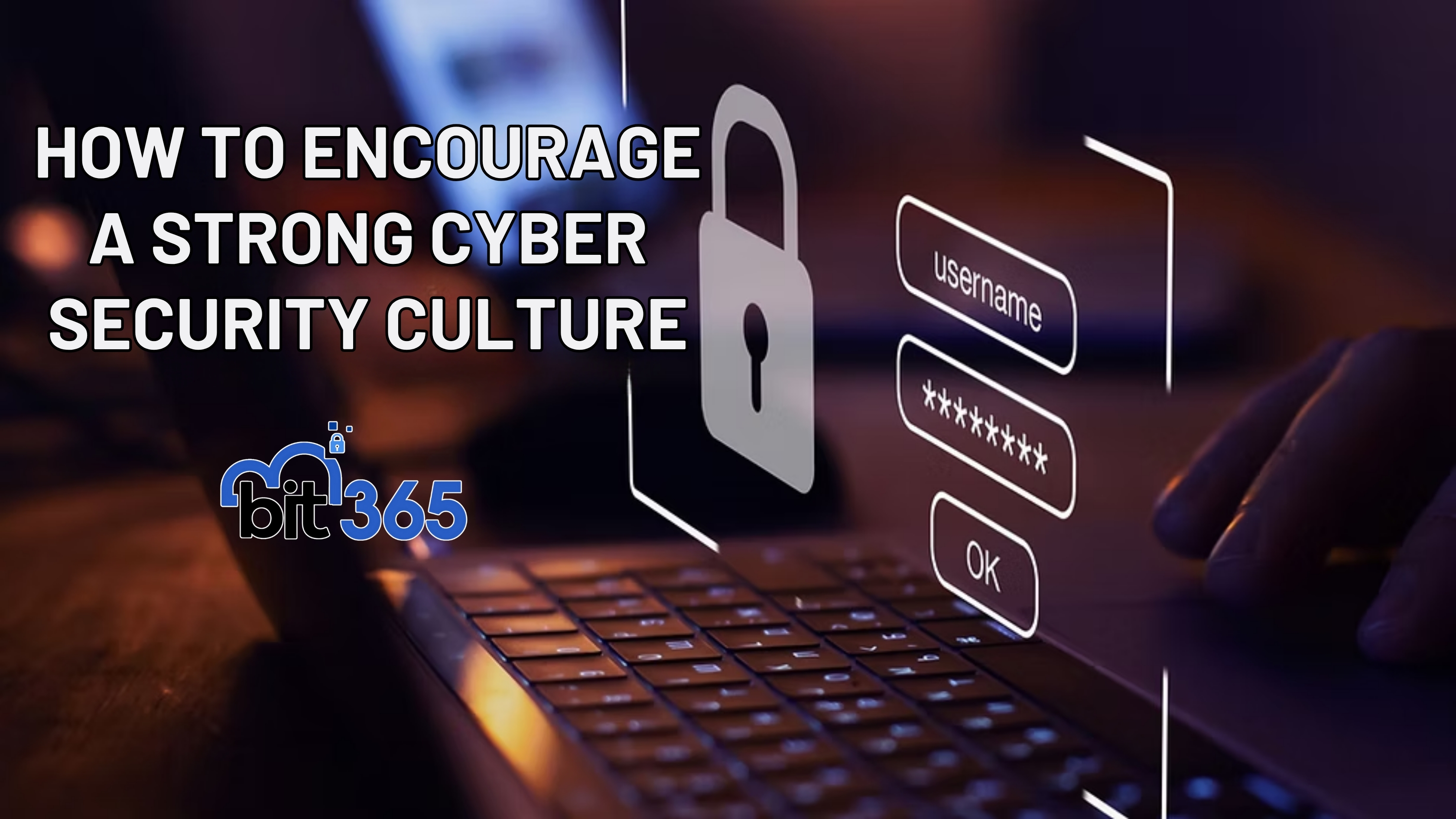
Got IT issues slowing you down? We provide both on-site and remote support across Australia, so help is never far away.
Remote work has evolved from a temporary solution to a permanent model for small and medium-sized businesses across Western Sydney — from Parramatta to Wetherill Park. But while hybrid setups offer flexibility and access to talent, they also open the door to new cybersecurity threats.
In 2025, your business can't rely on firewalls and good intentions. You need intelligent, modern, and proactive security strategies to:
This guide covers the top security upgrades your business should implement — from Zero Trust to patch automation — so your remote work environment stays safe, agile, and future-proof.
According to Gartner’s 2024 report, 76% of employees now expect flexible work options by default. From cafés and coworking spaces to home offices, your team likely connects from various devices and networks.
That shift brings challenges:
Remote work isn’t just Zoom meetings anymore. It's a complex digital ecosystem that needs robust protection.
A secure remote setup today isn’t built on legacy tools. It’s powered by adaptive, integrated, and automated systems.
Assume nothing. Verify everything. Zero Trust security treats every access attempt as a potential threat — even from inside your network.
How to implement:
Forget traditional antivirus. EDR platforms offer real-time insights into device activity, helping detect and isolate threats quickly.
Quick wins:
VPNs are outdated and clunky. Instead, adopt tools like:
These cloud-native solutions offer better security and better user experience.
Unpatched systems are one of the biggest breach risks.
What to do:
💡 2024 stat: Most major data breaches stemmed from unpatched software.
The best tech won’t protect you from careless users. Training is key.
Best practices:
🔐 Pro tip: Tie cybersecurity KPIs to leadership performance metrics.
Data leaks don’t just come from hackers. Employees might unknowingly expose sensitive info. DLP tools help you monitor, detect, and block data leaks.
DLP must-haves:
With remote teams, you need visibility into everything — not just your endpoints. SIEM (Security Information and Event Management) solutions collect data across all systems to spot threats in real time.
How to maximize SIEM:
Even with the right tools, your security must be cohesive, not siloed. Here’s how to unify your tech and create a smart, agile framework.
Don’t let your tools work in isolation. Use platforms like Microsoft Sentinel or LogRhythm to create a single source of truth for your IT security.
Simplify access with:
Speed is everything in cyber defense. Use AI-powered analytics and automated playbooks to respond to threats in real time.
Cybersecurity is not set-and-forget. Run audits, phishing simulations, and test your disaster recovery plan regularly.
Need help? A trusted Managed IT Service Provider (MSP) like BIT365 can support you with 24/7 monitoring, patching, and ongoing advice.
Pick flexible, cloud-based platforms that scale with your business. Look for tools that:
Remote work is the future — but only if it’s secure.
Whether you're in Blacktown, Campbelltown, or anywhere across Western Sydney, BIT365 helps local businesses implement modern, effective, and tailored security strategies for today's remote environment.
With frameworks like Zero Trust, AI-driven monitoring, patch automation, and expert IT support, you can:
📞 Book a free strategy session with BIT365

Got IT issues slowing you down? We provide both on-site and remote support across Australia, so help is never far away.
BIT365 offers a full range of managed IT services, including cybersecurity, cloud solutions, Microsoft 365 support, data backup, and on-site or remote tech support for businesses across Australia.
No. While we have a strong presence in Western Sydney, BIT365 supports businesses nationwide — delivering reliable IT solutions both remotely and on-site.
We pride ourselves on fast response times. With remote access tools and on-site technicians, BIT365 can often resolve issues the same day, keeping your business running smoothly.
BIT365 combines local expertise with enterprise-grade solutions. We’re proactive, not just reactive — preventing issues before they impact your business. Plus, our friendly team explains IT in plain English, so you always know what’s happening.
